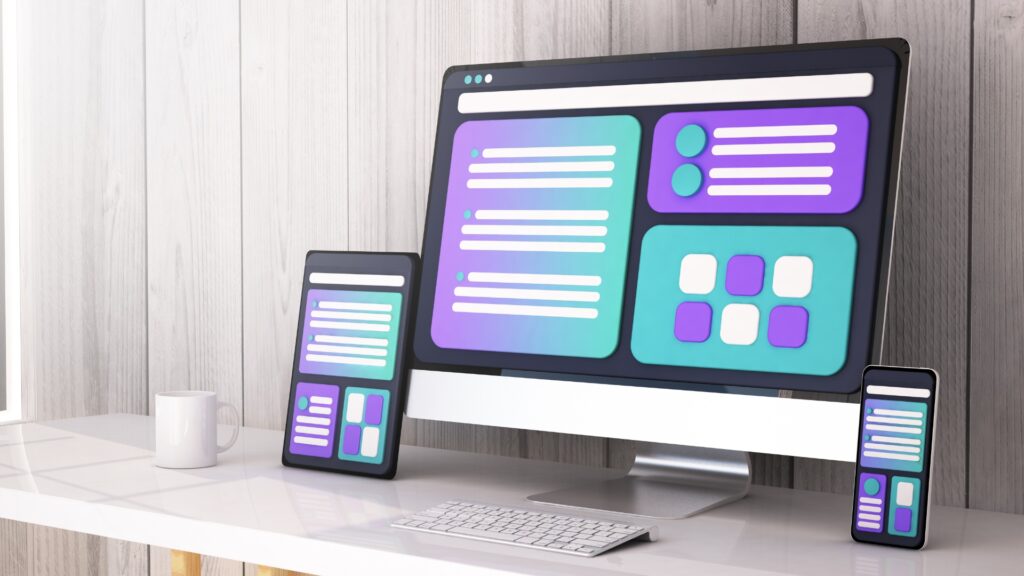If you want to rank on Google in 2025, you can’t rely on guessing. You need structure, data, and a clean site. That’s where CodeDesign AI helps. It’s not just another AI tool; it’s designed to help creators, founders, and marketers build high-performing websites that get found.
In this guide, I’ll break down how to use CodeDesign AI to improve your SEO, boost your visibility, and get traffic that actually converts. Whether you’re building a blog, landing page, or agency portfolio, these tips will help you rank faster and smarter without getting buried in technical stuff.
What is CodeDesign AI?
CodeDesign AI is a no-code website builder powered by artificial intelligence. You start with a simple prompt, and it generates a clean, responsive website. But beyond just design, it helps you optimize your site for SEO using built-in best practices like fast loading speed, semantic HTML, and automatic meta tag generation.
Lifetime deals for 1 website at $97
Get your lifetime access for $97 (50% off)
Key Features
AI-powered website design and development
SEO optimization tools integrated
E-commerce capabilities
Why We Recommend It
Simplifies the website creation process through AI
Ensures websites are SEO-friendly to enhance online visibility
Supports e-commerce functionality for online sales
Pros & Cons
- Quick setup and launch of websites
- Automated SEO features save time
- Integrates modern web technologies
- It may lack the flexibility of custom coding
- Dependence on AI could limit unique design choices
It enables non-developers to create SEO-friendly pages with structured content and intelligent layout decisions that search engines appreciate.
Tip #1: Start With an SEO-Driven Prompt
When you launch a project in CodeDesign AI, the first step is to write a prompt that describes your business. Instead of saying “personal trainer website,” write something like:
“Build a personal trainer website optimized for fitness coaching services in Los Angeles with testimonials, pricing, and lead generation.”
Why this matters: The AI reads your intent and builds a page structure that includes sections Google looks for, like services, location, reviews, and clear CTAs. That’s foundational for local SEO.
Tip #2: Customize Your Page Titles and Meta Descriptions
Once your draft site is created, go into the SEO Settings section of each page. Here, you can:
- Edit your title tag (under 60 characters, keyword first)
- Add a meta description (under 160 characters, make it clickable)
- Insert a custom URL slug (short, clean, keyword-based)
These tags are what show up in Google results. Keep them clear and relevant. Example:
Title: Affordable Fitness Coaching in Los Angeles
Meta Description: Get personal training tailored to your goals. Book a free consultation today.
Tip #3: Use Header Tags to Structure Your Content
CodeDesign AI generates blocks of content using proper HTML structure. Still, go through and double-check:
- Your main headline should be an H1.
- Section titles (like “About,” “Services,” “Pricing”) should be H2s.
- Subpoints can use H3s.
This hierarchy helps Google understand your content better, and it helps users navigate your page.
Tip #4: Add Internal Links and Anchor Text
When editing content in CodeDesign AI, use internal links to guide visitors (and search engines) to other parts of your site. For example:
- Link your homepage to your blog using the phrase “read more about fitness tips.”
- From your pricing page, link to your FAQ or contact section.
Use descriptive anchor text, not just “click here”. This builds structure and keeps users engaged.
Tip #5: Focus on Page Speed and Mobile Optimization
One of the best things about CodeDesign AI is how fast the sites load. But you still need to:
- Compress images before uploading
- Avoid adding too many heavy animations or video backgrounds
- Test your mobile view using their live preview
Google rewards sites that load in under 2 seconds, especially on mobile.
Tip #6: Set Up Schema for Better Snippets
If you’re using CodeDesign AI Pro, you can access advanced tools to add structured data (schema). This helps Google display rich snippets, such as ratings, prices, or FAQs, directly in search results.
Choose the schema type that matches your site:
- Local Business
- Product
- Article
- FAQ
This can increase your click-through rate by up to 30% without changing your rankings.
Tip #7: Submit Your Sitemap to Google
CodeDesign AI auto-generates an XML sitemap. To help Google find your pages faster, go to Google Search Console and submit your sitemap:
- Copy the URL (usually yourdomain.com/sitemap.xml)
- Go to Search Console > Index > Sitemaps
- Paste the link and click Submit
This tells Google what pages to crawl and keeps your index up to date.
Tip #8: Update Content Regularly and Use Blog Posts
Even if your main site is static, CodeDesign AI lets you create blog posts. Regular content helps you rank for more keywords.
Start with a weekly blog and cover:
- Questions your audience is searching for
- Tutorials related to your product or service
- Listicles and guides (like “Top 5 Ways to Stay Fit at Home”)
Fresh content signals activity, and internal links from these blogs boost your main pages.
Final Thoughts
CodeDesign AI makes SEO easier for creators and entrepreneurs who don’t want to mess with code. With clean page structure, fast load speed, and smart tools built in, it helps you check most of Google’s ranking boxes from day one. But SEO isn’t just about setup, it’s about staying consistent. Focus on writing helpful content, using clear meta tags, and linking your pages together.
If you’re just getting started and want a design-focused, SEO-friendly builder, CodeDesign AI is worth trying. It’s fast, simple, and made for people who want results without hiring a dev team.





